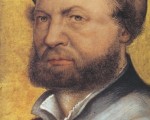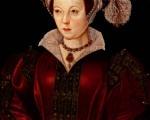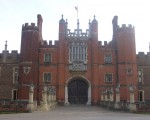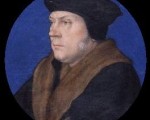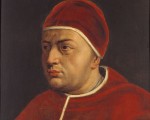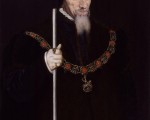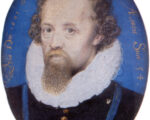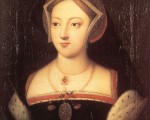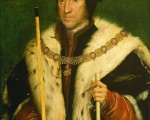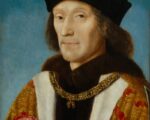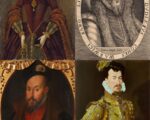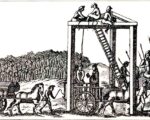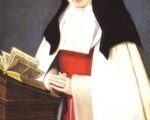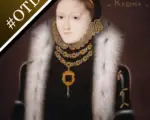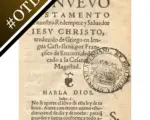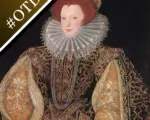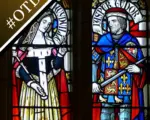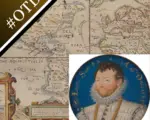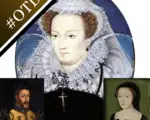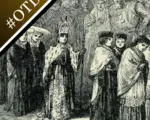On 11th March 1513, Giovanni di Lorenzo de’ Medici was proclaimed Pope Leo X—a man who would leave a lasting mark on the Catholic Church and European history.
Born into the powerful Medici family, Leo was the son of Lorenzo the Magnificent, ruler of Florence and a patron of the arts. From an early age, Giovanni was destined for the Church—he was made a cardinal at just 13 years old! By the time he was elected pope in 1513, he held not just religious power but also political dominance as head of the Papal States and his influential family in Florence.
But what kind of pope was Leo X? Well, let’s just say he wasn’t your typical, pious, reform-driven leader.
Leo X was a true Renaissance pope. He transformed Rome into a thriving cultural hub, attracting artists, poets, and scholars to his court. One of his most famous protégés was Raphael, the great painter and architect. Under Leo’s patronage, Raphael worked on St. Peter’s Basilica and painted some of his most stunning works.
[Read More...]
